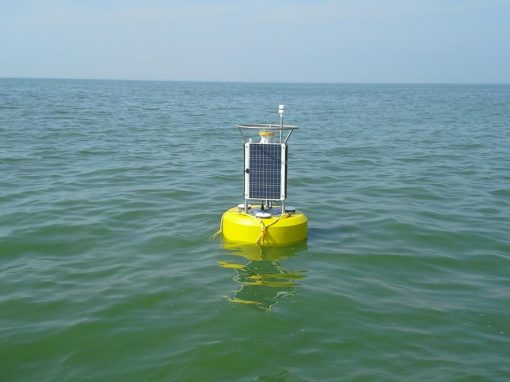Policy Engagement
Supporting informed decision making
CIGLR supports informed decision making by translating research findings, providing NOAA’s tools and data products, and identifying critical research needs to key Great Lakes decision makers. We also collaborate with partners at The Nature Conservancy, National Wildlife Federation, and Michigan Environmental Council, who represent the strongest advocates for science-based decision making in the Great Lakes.
Research Stories from Your District
Click a Michigan Congressional District to begin
Don’t know your district? Click here
About the 10th District
About the 11th District
About the 12th District
About the 13th District
About the 14th District
About the 1st District
About the 2nd District
About the 3rd District
About the 4th District
About the 5th District
About the 6th District
About the 7th District
About the 8th District
About the 9th District
Agricultural Decision Support
Harmful Algal Blooms (HABs) & Hypoxia
Invasive Species
Lake Effect Snow & Ice
Water Levels & Coastal Flooding
All Research Stories

Harmful Algal Blooms (HABs) & Hypoxia
More than 48 million people in the U.S. and Canada rely on the Great Lakes as a source of clean drinking water. However, water quality problems caused by excess nutrients are putting some Great Lakes communities at risk. Harmful algal blooms (HABs) can produce toxins that threaten human health. Hypoxia, or extremely low oxygen, can cause water to be corrosive, discolored, and contain manganese, a heavy metal that is toxic to humans at high levels. With our partners at the NOAA Great Lakes Environmental Research Laboratory, CIGLR is engaging public utility managers to co-design HABs and hypoxia forecasts that provide the advance warning needed to ensure the delivery of safe and healthy water to Great Lakes communities. LEARN MORE

Agricultural Decision Support
When agricultural fertilizers are applied just before a heavy rainfall they can wash away into local waterways, costing farmers money and causing serious water quality problems. A collaborative effort led by the NOAA National Weather Service (NWS) has produced a decision support tool to help farmers determine the best time to apply fertilizers based on weather forecasts and soil moisture conditions. CIGLR and our partners are working with NWS to improve the accuracy of the Runoff Risk Advisory Forecast and evaluate its effectiveness for improving water quality, with the goal of providing farmers with an easy-to-implement best management practice that maximizes profit while protecting water quality. LEARN MORE

Lake Effect Snow & Ice
Winter weather brings challenges for commerce, risks for human safety, and opportunities for recreation to the Great Lakes region. Accurate forecasts of lake effect snow and lake ice conditions are important for community preparedness and industry decision-making, but have been difficult to develop. With our partners including the NOAA Great Lakes Environmental Research Laboratory and National Weather Service (NWS), CIGLR is developing models to improve lake effect snow forecasts, ice predictions, and visibility forecasts. We engage with Great Lakes mariners to help us co-design the products that they need for safe commerce, transportation, and search-and-rescue efforts. LEARN MORE

Water Levels & Coastal Flooding
Changing conditions on the Great Lakes coasts affect the daily lives of tens of millions of people, impact the multi-trillion dollar regional economy, and influence resource management decisions. The consequences of water level change for shipping, commerce, and human safety have been magnified by a dramatic swing from persistently low lake levels to record-high levels and devastating coastal flooding over the past two decades. With our partners at the NOAA Great Lakes Environmental Research Laboratory, CIGLR is engaged in research to understand changes in water levels and to develop water level forecasts that improve human safety and assist water-dependent commerce. LEARN MORE

Invasive Species
Invasive species are perhaps the greatest stressor currently facing the Great Lakes. Established invaders like zebra and quagga mussels, round gobies, and sea lamprey have had devastating ecological and economic impacts, costing the Great Lakes region over $200 million each year in control and mitigation. The potential for new invaders like Asian carp to cause further disruption highlights the need for science-based decision making that proactively protects the Great Lakes ecosystem from future invasions. With our partners at the NOAA Great Lakes Environmental Research Laboratory, CIGLR is committed to developing information products, predictive models, and strategies to combat and manage invasive species in the Great Lakes region. LEARN MORE



